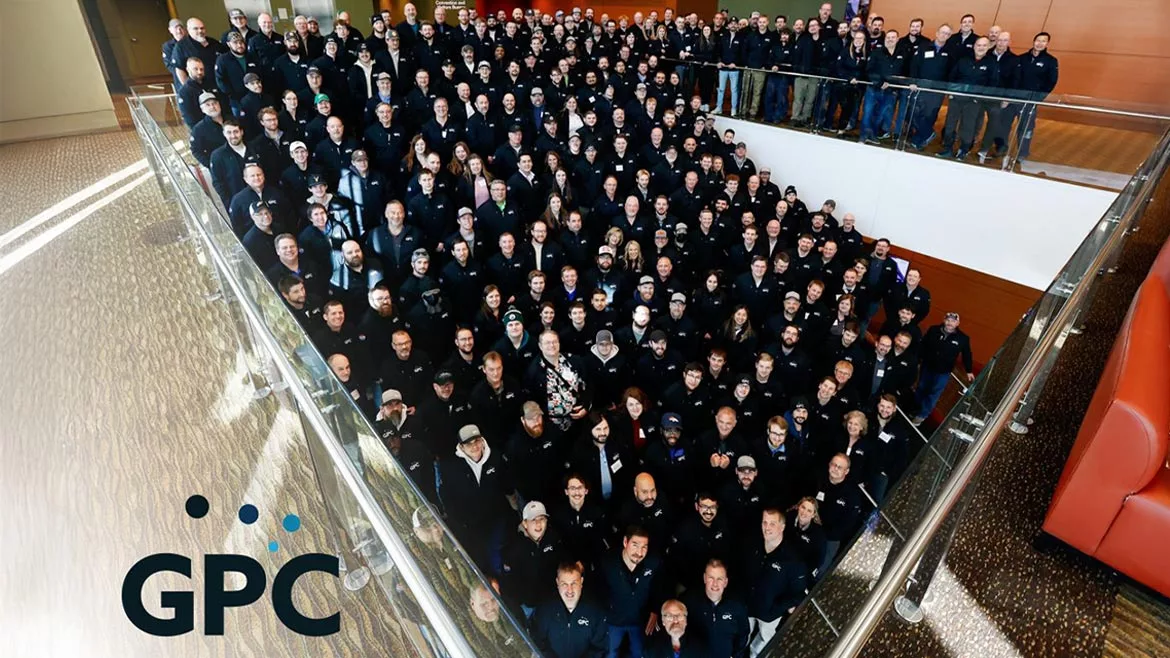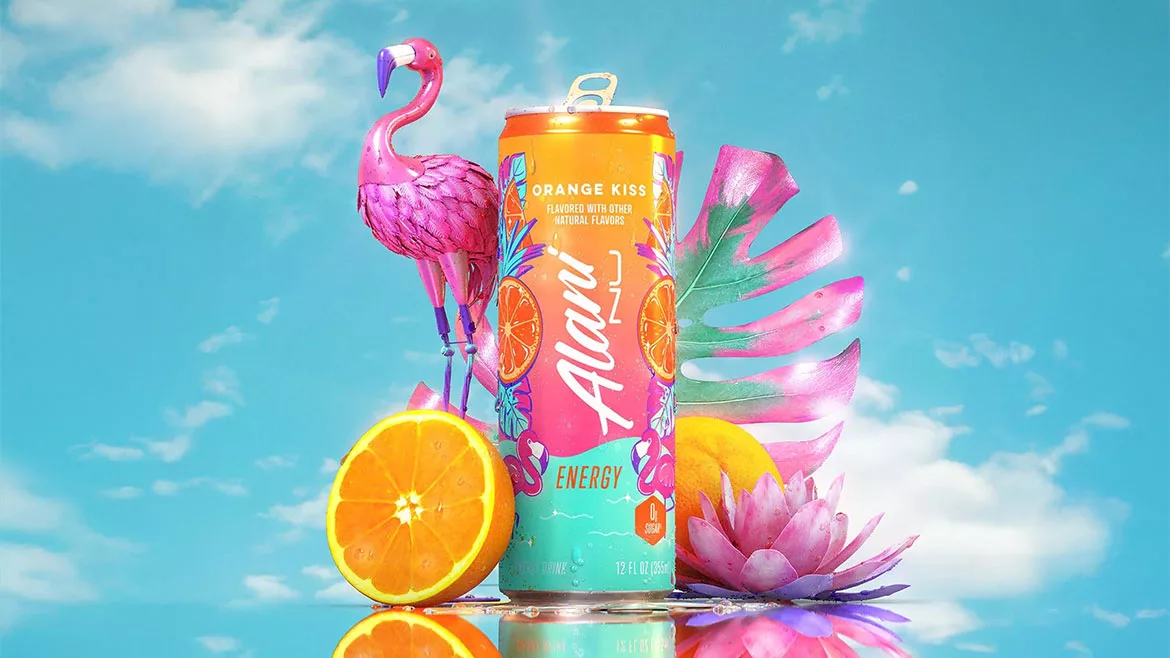Vehicle disposal more than an end-of-use concern
A fleet’s lifecycle, maintenance can increase disposal options
The critical element in optimizing fleet lifecycle costs is determining vehicle ownership economics and replacement intervals and methods. The process begins with vehicle selection and acquisition, the foundation of which is identifying transportation and operational requirements, then evaluating the best ways of meeting those essentials.
Once vehicles are acquired, the appropriate maintenance and servicing schedule for each vehicle needs to be developed and adhered to.
Next comes development of an ongoing fleet replacement policy. This involves figuring out when and how to dispose of vehicles.
It is important to recognize what vehicles are purchased, when they are purchased, color, options and accessories, etc. These factors not only affect the value of the vehicle at initial purchase, but also significantly influence the vehicle’s resale or trade-in value when it is disposed.
Moreover, at the time a vehicle is purchased, a fleet needs to predetermine the likely disposal time frame and ensure that budgets anticipate potential replacement costs.
Fleet policies
Fleet replacement policies are most effective when teamed with a fleet re-marketing policy. While a replacement policy can set the guidelines of what to acquire at the most opportune time, the re-marketing policy sets the guidelines in determining the opportune time.
Although elements of both policies will overlap, they should not only restate information; they should complement each other.
Fleets certainly can have a replacement policy with no re-marketing policy, but when both policies are defined clearly, the acquisition dollars being spent and the sales dollars being realized can be maximized.
Regardless of how vehicles are disposed, each vehicle sale should be audited to make certain that items such as end-user condition reports match the description of the vehicle when it was sold, that sale proceeds are in line with industry benchmarks and that the disposal method was the most efficient way to trade in or resell the vehicles.
Depending upon the size of the fleet and number of vehicles sold annually, vehicle sale proceeds can affect the bottom line significantly — either positively or negatively.
Disposal considerations
As would be expected, many factors affect resale or trade-in value, such as the following: vehicle make, model and age; mileage; condition; options and accessories; maintenance level; geographic location; time of year; market glut; and interest rates.
A variety of ways are available to re-market used or surplus equipment. These include selling or trading-in to a dealer, selling to a wholesaler, selling direct, conducting an in-house equipment auction, contracting with an auction company or using an equipment broker. Equipment not worth selling for re-use could be sold for salvage or scrap as well.
When setting prices and values for used equipment, it is wise to obtain price comparisons of similar vehicles sold in a fleet’s area, which can be done by reviewing pricing in national trucks-for-sale publications and websites. Used equipment valuation guides are another good source for determining a vehicle’s worth.
Evaluating and pricing equipment to determine the true value is important before deciding to trade, wholesale, retail or auction a used vehicle. Consider the quantity and pricing of similar trucks currently in the marketplace as this will affect equipment value.
Eye appeal
I can tell you from my involvement with the used truck industry, regardless of how a vehicle is disposed, vehicle appearance and condition can pay big dividends by improving both value and sales appeal.
It is best to maintain a vehicle’s appearance by taking good care of the vehicle with regular preventive maintenance and automotive hygiene throughout its use, rather than having to invest time and money into cleaning at replacement time.
The visual appearance of a vehicle makes the most lasting impression. That old adage, “eye appeal is buy appeal” is true. Some buyers will overlook certain mechanical defects if they like the look of the vehicle.
Improving vehicle appearance can be as simple as cleaning out the interior; repairing ripped seats; removing stains from carpets and seats; making sure there are no missing knobs and buttons; removing stickers and decals; and repairing or replacing cracked windows and windshields.
The exterior should be washed and detailed and the engine compartment cleaned. Tires should match and have ample tread depth and sound casings. All needed repairs should be made so the vehicle can pass a safety inspection.
Having all service, maintenance and repair records for each vehicle also can increase appeal and value. The ability to offer a used truck with a transferrable new or extended transferrable warranty also will add to the value of a used truck, as will “aftermarket” used truck warranties.
Best return
The goal from the beginning of vehicle acquisition through a vehicle’s lifecycle is to select the appropriate vehicle for the intended application, perform proper preventive maintenance, perform timely repair and upkeep, and dispose of it in the way that brings in the most money.
Establishing effective vehicle replacement and reconditioning policies can help a fleet acquire the best vehicle to get the job done. A good vehicle maintenance policy can maximize the dollars being returned to the fleet when the vehicle is sold.
Both policies need to be ongoing, flexible and changed as appropriate to allow the broadest opportunities possible in acquiring, replacing and disposing of vehicles. BI
|
How to add value to used trucks Why are some fleets able to get considerably more value out of their trades than others? Because they have developed a reputation for good used equipment, says veteran truck industry sales professional Lee T. Wittmann, owner of TQM Co., a Beech Mountain, N.C.-based company that promotes transportation and construction equipment for dealers and owners/users. “There are fleets that actually have groups of buyers waiting patiently for their trucks to be taken out of service,” he says. “The main reasons for this keen interest are the desirability of specifications, an outstanding maintenance program and, most importantly, the willingness to stand behind the equipment after the sale is made.” Specifications also are a key to a successful used truck sale because resale values typically are driven by popularity and appeal of specific components or component packages, Wittmann explains. The make of the truck also comes into play. “Generally speaking, the most popular make in a particular type of operation will also be the most desirable in the aftermarket,” he notes. “The successful disposal of used and surplus trucks requires as much attention as any other aspect of the operation,” Wittmann says. “It cannot be left to chance or considered a week or two prior to the arrival of the replacement trucks. Only through serious effort and planning will vehicle disposal add to a company’s bottom line.” BI |
Looking for a reprint of this article?
From high-res PDFs to custom plaques, order your copy today!





